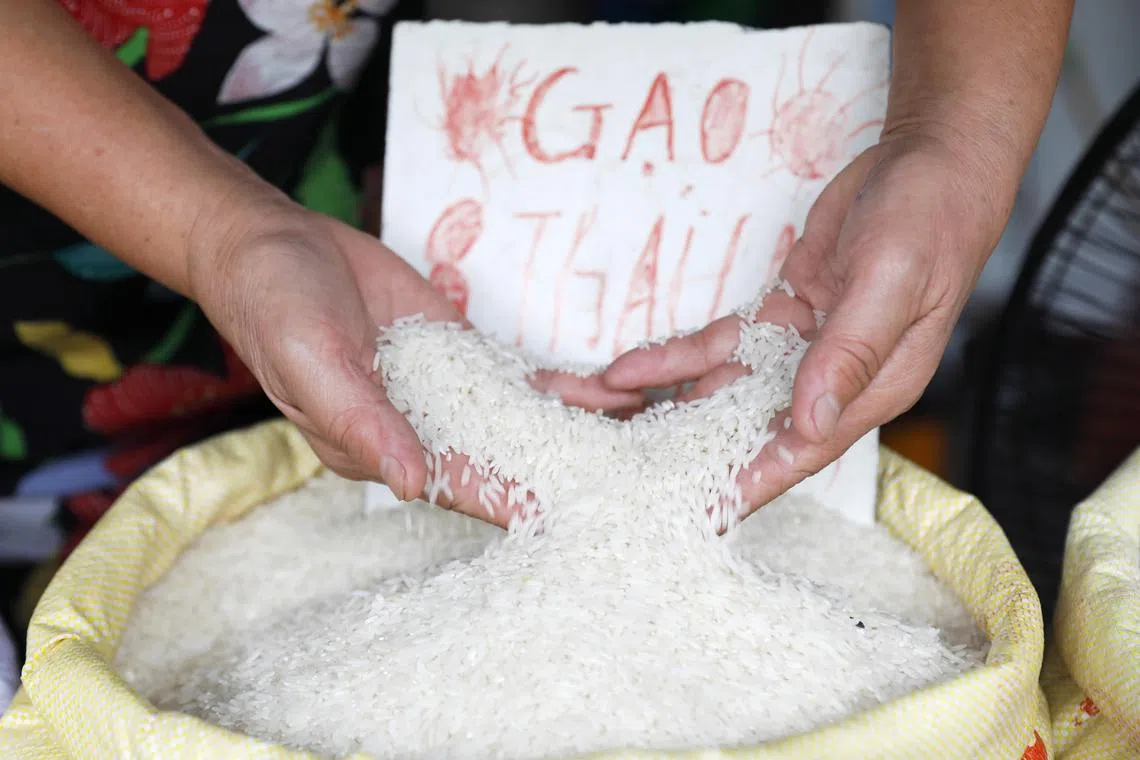For subscribers
When governments carelessly risk a food crisis
Price caps on rice could destabilise the market at a time when nations can least afford instability to feed their populations and others.
Sign up now: Get ST's newsletters delivered to your inbox

Across Asia, nations are trying to bend supply and demand curves, attempting to control the cereal grain’s prices.
PHOTO: EPA-EFE
Javier Blas
Follow topic:
It’s a diagram that Economics 101 students learn by heart. It puts together supply, demand and prices in a single chart. The graph is the stuff that makes markets tick, whether for iPhones or bowls of rice.
As an associate professor at the School of Economics at the University of the Philippines, prior to her move into government, Professor Cielo Magno imprinted the supply-and-demand chart on her students’ minds. Typically, supply slopes upwards: when prices rise, suppliers are willing to produce more. And demand generally slopes downwards: at higher prices, consumers buy less.

